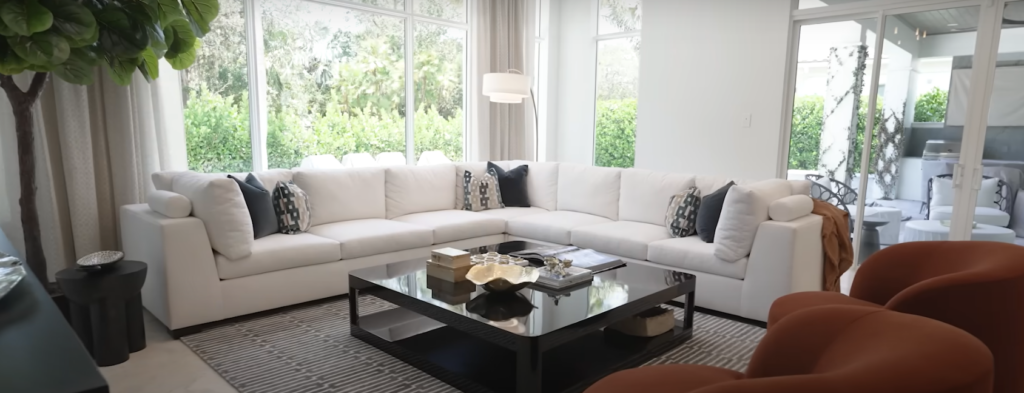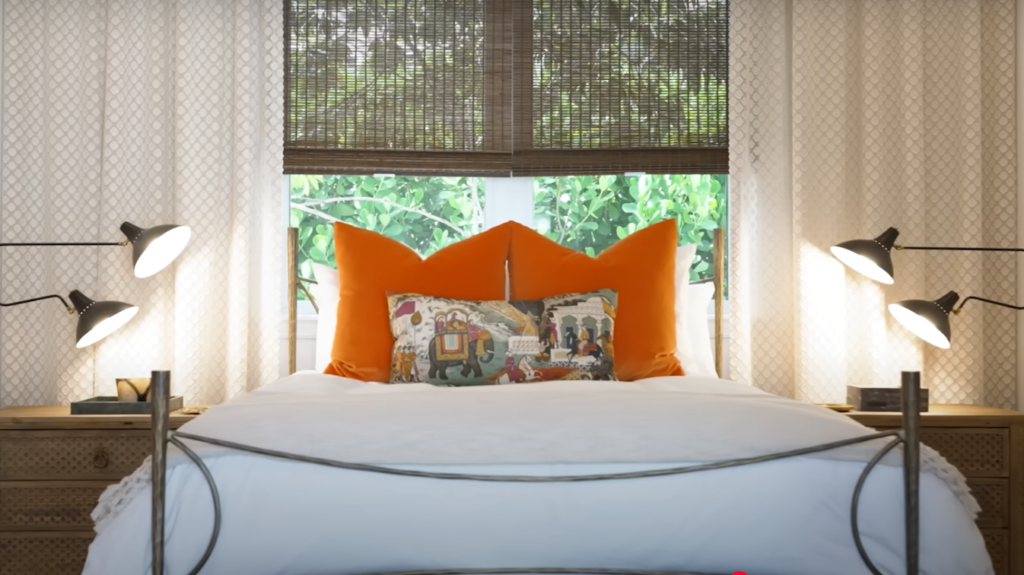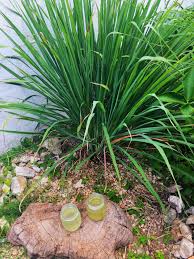Natural Materials In The Home
As people increasingly seek to align their living spaces with a more natural, organic lifestyle, there has been a noticeable shift toward incorporating earthy, sustainable materials and design elements that evoke a sense of harmony with nature. This trend reflects a growing desire to create homes that feel connected to the outdoors, offer a sense of tranquility, and promote overall well-being. The key to achieving this natural living aesthetic is through the use of organic materials, biophilic design, and a color palette that mirrors the soothing tones of nature. One of the most exciting developments in this movement is the growing popularity of dopamine color, which adds vibrancy and emotional warmth to spaces while complementing the organic aesthetic.
Natural Materials
In terms of materials, natural wood remains a central element in creating an organic, nature-inspired environment. Whether used for furniture, flooring, or wall paneling, wood’s warmth and texture bring a sense of grounding to interiors. The move towards sustainable materials has also led to the rise of reclaimed wood, bamboo, cork, and other eco-friendly alternatives that offer the same natural appeal while being environmentally conscious. Stone, clay, and terracotta are also gaining traction as key materials for countertops, tiles, and decorative elements, contributing to the earthy, tactile feel of the space. These materials are not only durable and sustainable but also help to maintain a connection with the natural world by bringing elements of the earth indoors.
Designs Modifications
Another important aspect of organic living spaces is biophilic design, which focuses on incorporating elements of nature into the built environment. Large windows, open floor plans, and indoor plants are essential for this style. Expansive windows allow natural light to flood the space and provide unobstructed views of outdoor greenery, which can positively affect mood and well-being. Indoor plants, ranging from potted houseplants to vertical gardens, serve not only as natural decor but also improve air quality and create a calming atmosphere. Living walls, terrariums, and plant shelves are some creative ways to infuse greenery into interiors, further reinforcing the connection to the natural world.
Upcoming Trends
One of the newest trends in interior design is the incorporation of dopamine color—vibrant, uplifting hues that promote happiness and stimulate positive emotions. While the natural aesthetic traditionally leaned toward muted tones like soft greens, earthy browns, and creamy whites, dopamine colors introduce playful pops of color into the space. These colors, such as bright yellows, energetic oranges, and vivid blues, are used strategically to energize rooms and enhance the mood of the inhabitants. For example, a mustard yellow accent wall or a coral-colored armchair can introduce warmth and joy without overwhelming the organic elements. The use of dopamine colors in moderation helps create a dynamic yet calming atmosphere, balancing the natural tones with uplifting accents that support a feel-good, positive living environment.
Sustainable design and an organic lifestyle also emphasize minimizing waste and reducing consumption. This has led to a rise in upcycled furniture, artisanal pieces, and custom-made items that are crafted with care and designed to last. A focus on quality over quantity results in a home that is not only aesthetically pleasing but also sustainable and mindful of its impact on the environment.
Overall, the updated living spaces that cater to a more natural, organic lifestyle emphasize sustainable materials, biophilic design, and the emotional impact of color. By combining the timeless beauty of nature-inspired materials with the modern vibrancy of dopamine color, homeowners can create spaces that not only look beautiful but also promote well-being and a deeper connection to the natural world. This trend reflects a broader cultural shift toward mindfulness, sustainability, and creating environments that nurture both the body and the mind.
 We all want what is best for ourselves and our families. This is why many people are turning to the idea of “all natural” products. From foods to bug repellents, it is all available in a natural form. The truth is, nature gives us everything we need, not chemicals.
We all want what is best for ourselves and our families. This is why many people are turning to the idea of “all natural” products. From foods to bug repellents, it is all available in a natural form. The truth is, nature gives us everything we need, not chemicals. Natural foods are typically considered organic. It is usually meant to imply that your foods have not been processed and that they contain no chemicals to help them grow or to keep pests away. Basically, the fertilizers that are used are mulches and other types of soil enrichment rather than a bag of powder or rocks that contains additives.
Natural foods are typically considered organic. It is usually meant to imply that your foods have not been processed and that they contain no chemicals to help them grow or to keep pests away. Basically, the fertilizers that are used are mulches and other types of soil enrichment rather than a bag of powder or rocks that contains additives. No matter where you are in the world, there are local produce options. Farmers and farms of all sizes can be found in every part of the US and beyond. Even if you live in a city, there are still going to be farms outside of the city limits as well as maybe produce stands inside of it.
No matter where you are in the world, there are local produce options. Farmers and farms of all sizes can be found in every part of the US and beyond. Even if you live in a city, there are still going to be farms outside of the city limits as well as maybe produce stands inside of it.